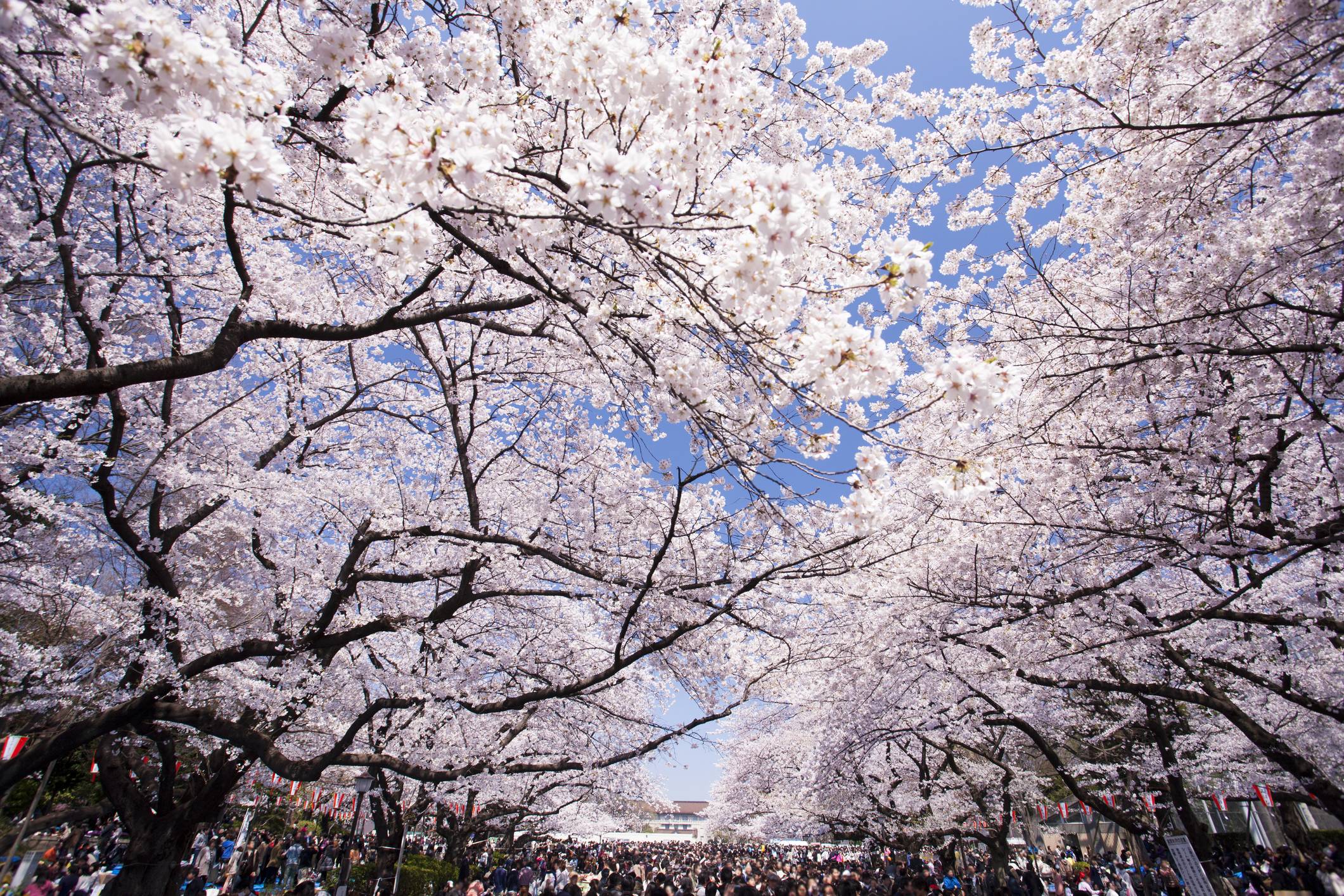Adorning the cover of the latest issue of Rekishi Kaido (April), a monthly magazine for history buffs, are drawings of army general and wartime Prime Minister Hideki Tojo and Iwo Jima defender Gen. Tadamichi Kuribayashi. Titled "Light and shadow of the army of Showa," the cover story seeks to demonstrate how the military influenced other Japanese organizations.
Further inside, in a section titled "It looks like you know it, but you don't," is a history of flower viewing in Japan.
According to Yuichiro Ando, who holds a doctorate in literature, up to the middle part of the Edo Period (1603-1868), the term hanami (flower viewing) originally referred not to cherry blossoms, but to plum blossoms. Japanese first began going out to view ume (plum) blossoms during the Nara Period (710-794), an era that partially overlapped with China's Tang Dynasty (618-906).

















With your current subscription plan you can comment on stories. However, before writing your first comment, please create a display name in the Profile section of your subscriber account page.